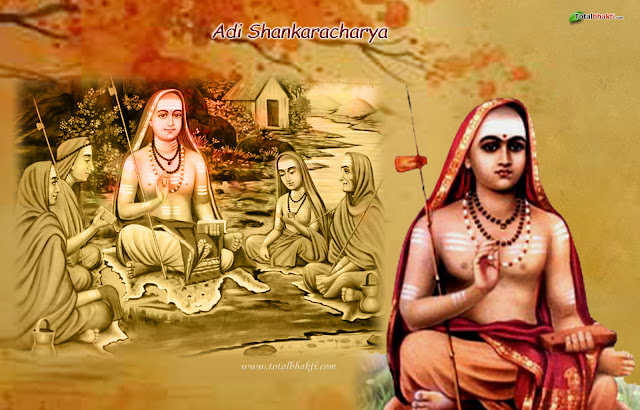Spiritual Import of Religious Festivals :Ch-4. Part - 17.

Chapter-4. Swami Sri Adi Sankaracharya - The Genius ( Sankara Jayanti ) : Part-17. But many questions posed themselves before the minds of people. This philosophy was found not satisfactory. How could we reach this God who is extra-cosmic – what is the way? Is there a ladder from earth to heaven where God lives? His hands cannot reach us and our thoughts cannot reach Him. There seems to be some defect in these systems. This was the decision made by the Sankhya, which was a later development of philosophical thought. According to this School, it is not true that there are many physical entities or realities as the Nyaya and the Vaiseshika thought. All these manifold objects could be boiled down to certain fundamental essences or principles which are the building bricks of the cosmos. While the Vaiseshika and the Nyaya thought that there is earth, water, fire, air, ether, mind, soul and so on, all independent of the other, though in their finer...











